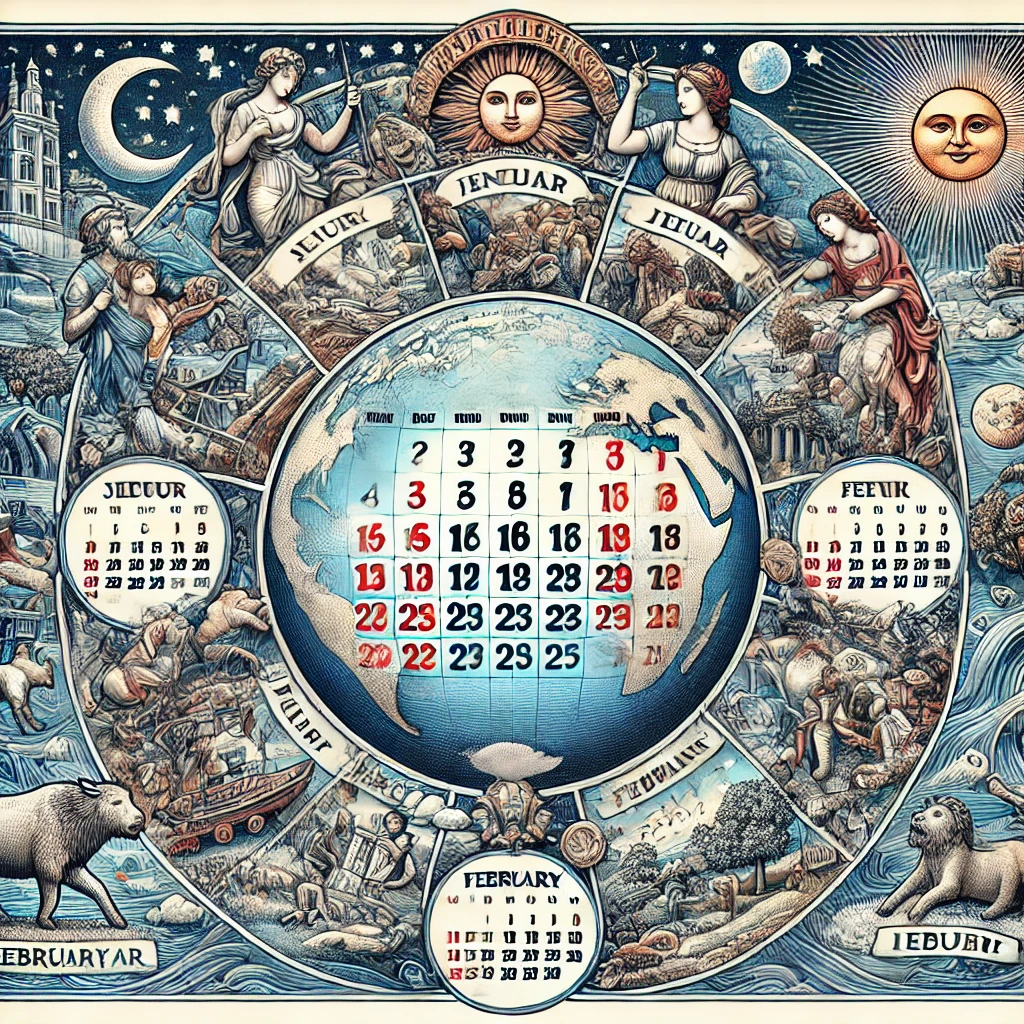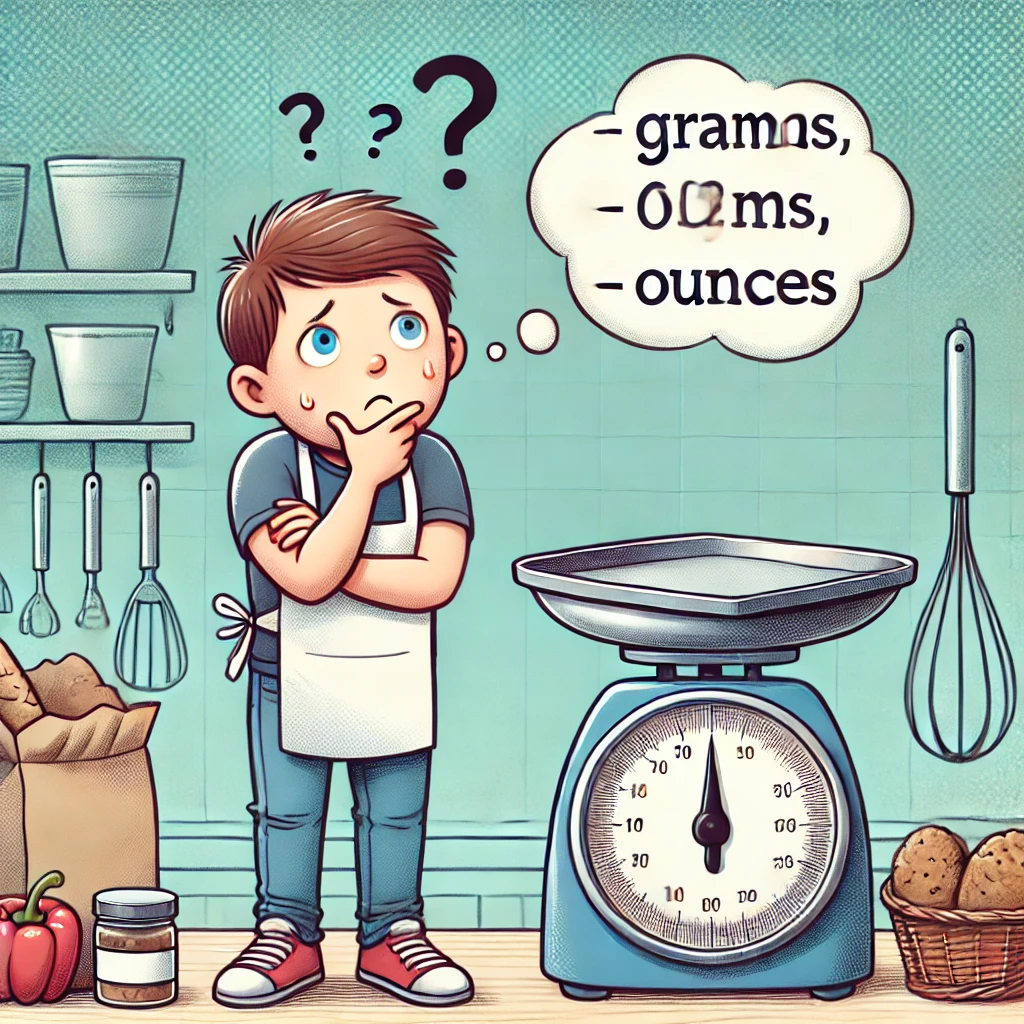Understanding the relationship between different measurement units is essential, especially in cooking and baking. One of the most common conversions you’ll encounter is between cups and quarts. Knowing how to accurately convert between these units can save you time and ensure your recipes turn out perfectly. This article will guide you through the basics of this conversion, practical applications, and tips for accurate measurement.
Key Takeaway
- Simple Conversion: 1 quart equals 4 cups. This basic conversion is essential for accurate recipe measurements.
- Measurement Tools: Use liquid measuring cups for liquids and dry measuring cups for solids to ensure precision.
- Avoid Mistakes: Don’t confuse dry and liquid measurements; use the correct tool for each.
- Practical Use: Knowing this conversion helps in cooking, baking, and everyday tasks requiring precise measurements.
Also Read : How Many Ounces Are in a Gallon?
Understanding Measurement Units
Overview of Volume Measurements
In the United States, the customary system of measurement is widely used, especially in culinary contexts. Two common units of volume in this system are the cup and the quart. A cup is a smaller unit typically used for measuring liquid and dry ingredients, while a quart is a larger unit often used for liquids like milk or broth. Understanding how these units relate to each other is crucial for following recipes correctly.
Conversion Basics
Direct Conversion
The direct conversion between cups and quarts is straightforward: 1 quart is equal to 4 cups. This means that if a recipe calls for 1 quart of an ingredient, you can use 4 cups of that ingredient instead.
Visualization
Visual aids can be incredibly helpful in understanding this conversion. Imagine a quart as a large container that holds four smaller cups. This mental image can make it easier to remember the conversion ratio and apply it when needed.
Practical Applications
Cooking and Baking
In the kitchen, accurate measurements are vital. Many recipes, especially those for baking, require precise quantities of ingredients. For example, if a recipe calls for 2 quarts of water, knowing that this is equivalent to 8 cups can help you measure more accurately, especially if you don’t have a quart-sized measuring container.
Daily Life Scenarios
Beyond the kitchen, knowing how to convert between cups and quarts can be useful in various daily scenarios. Whether you’re portioning beverages, measuring cleaning solutions, or preparing large batches of food, this knowledge ensures you use the right amount every time.
Tips for Accurate Measurements
Tools and Techniques
To ensure your measurements are accurate, it’s essential to use the right tools. Liquid measuring cups, typically made of clear plastic or glass, are designed to measure liquids accurately. For dry ingredients, use dry measuring cups, which allow you to level off the ingredient for a precise measurement.
Tips for Accurate Measurement
- Level Off Dry Ingredients: Use a straight edge to level off dry ingredients in the measuring cup.
- Measure at Eye Level: When measuring liquids, ensure the measuring cup is on a flat surface, and check the measurement at eye level to avoid parallax errors.
Common Mistakes and How to Avoid Them
Common Errors
A frequent mistake is confusing dry and liquid measurements. While both use cups, the volume measured can differ slightly due to the different ways these ingredients settle and are poured.
Solutions
To avoid these mistakes, always use the appropriate measuring tools for dry and liquid ingredients. Additionally, double-check your measurements and conversions before adding ingredients to your recipe.
Conclusion
Mastering the conversion between cups and quarts is not only useful but also essential for anyone who spends time in the kitchen or engages in activities requiring precise measurements. By following the tips and avoiding common mistakes outlined in this article, you can improve your measurement accuracy and enhance your cooking and baking results.
Additional Resources
Further Reading
For those interested in diving deeper into measurement conversions, several resources are available:
- Online conversion calculators
- Measurement conversion charts
Tools
Consider using apps or websites that provide quick and easy conversions between various measurement units. These tools can be invaluable for ensuring accuracy in your measurements.



